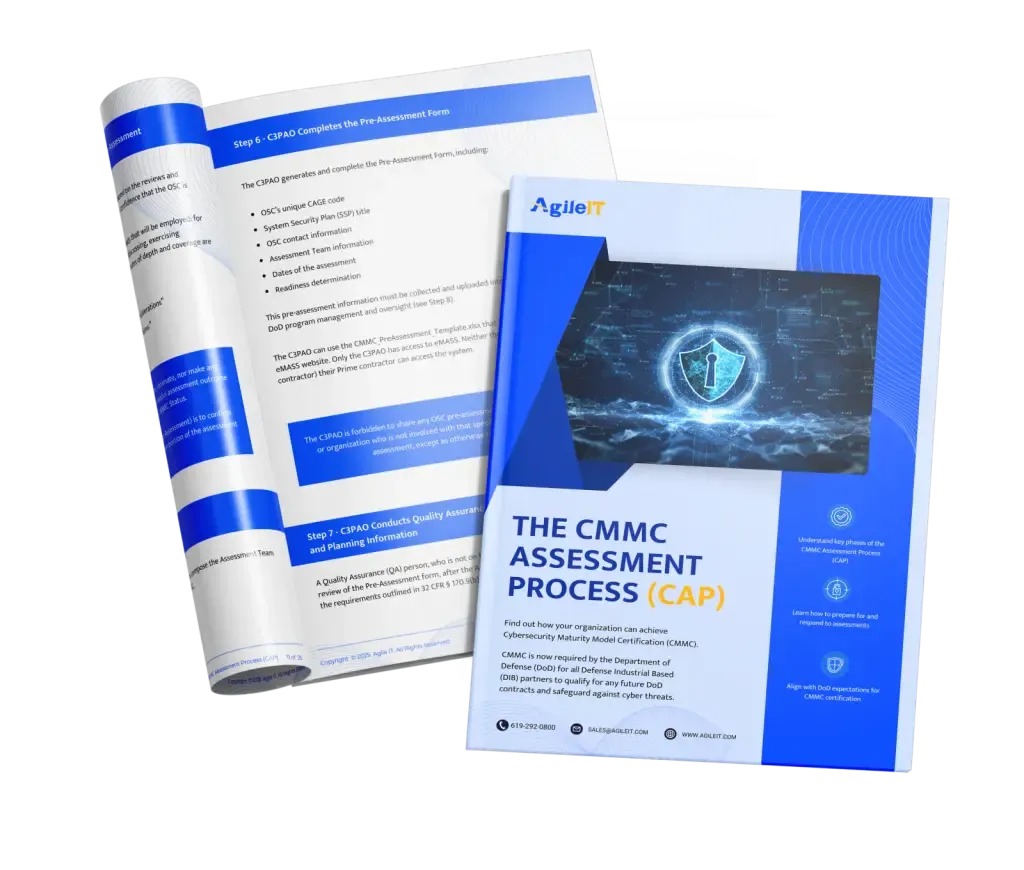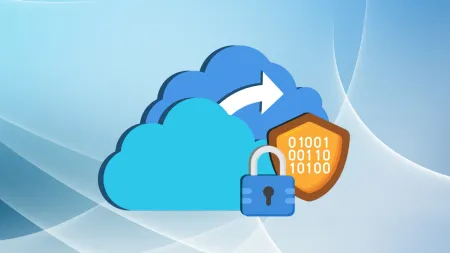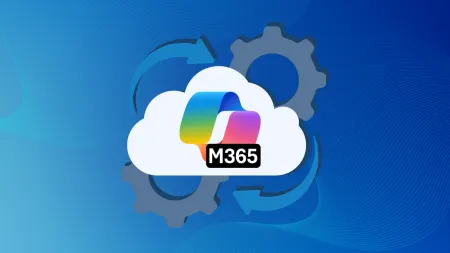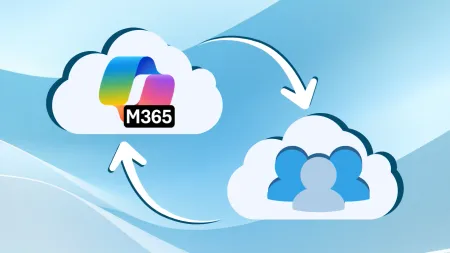CMMC Enclaves: Your Comprehensive Guide to Protecting CUI
Discover how CMMC enclaves can streamline compliance and bolster security by isolating Controlled Unclassified Information (CUI) within a secure environment.
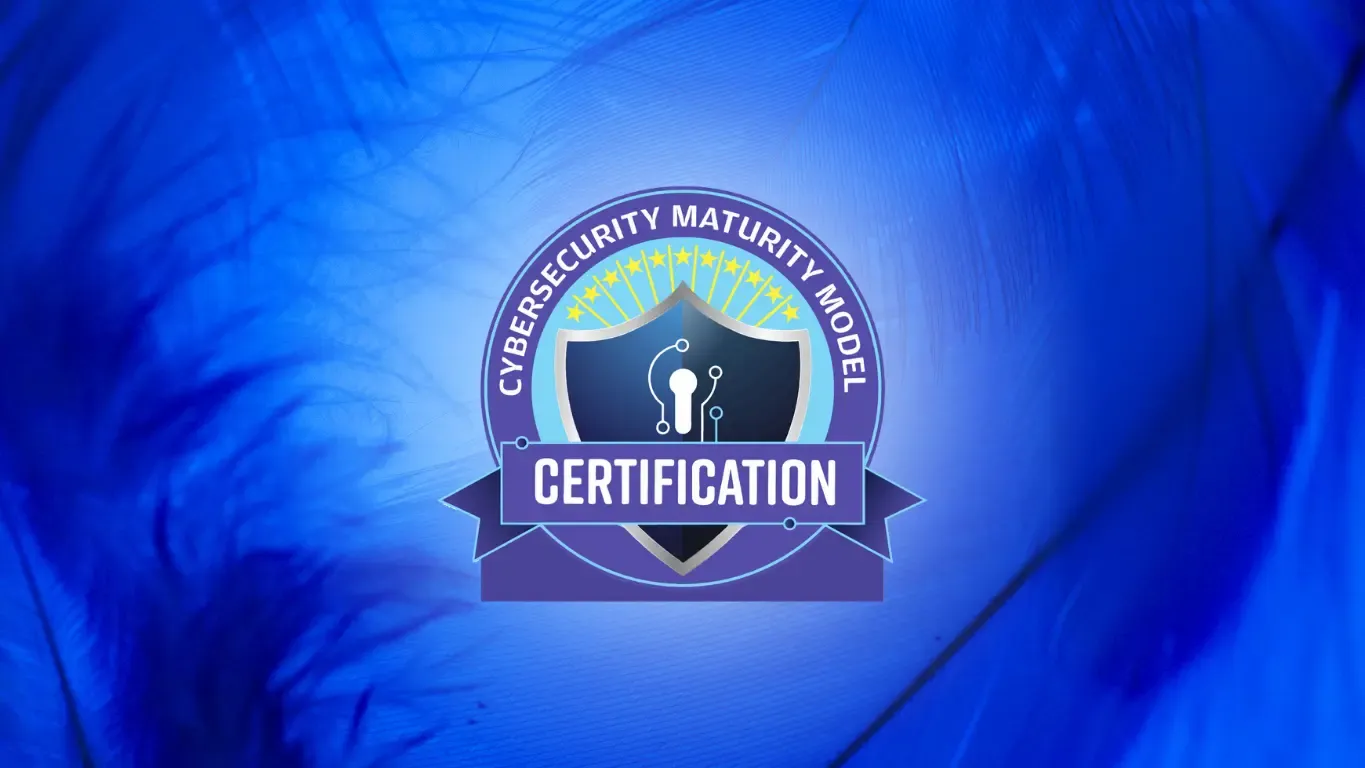
CMMC Enclaves: Your Comprehensive Guide to Protecting CUI
With the threat of cyberattacks becoming an increasingly common reality for government contractors, the Department of Defense (DoD) has taken proactive measures to safeguard sensitive government data, including introducing the Cybersecurity Maturity Model Certification (CMMC) framework to help protect Controlled Unclassified Information (CUI) handled by organizations within the Defense Industrial Base (DIB). However, while the CMMC 2.0 framework provides organizations within the DIB with clear and concise guidelines on what they must do to protect CUI, achieving CMMC compliance can be a daunting task, particularly for small and medium-sized businesses (SMBs) whose budgets and cybersecurity expertise are limited.
One proven tactic for overcoming the most common obstacles SMBs face during the CMMC certification process is to create an enclave. A CMMC enclave is a dedicated environment specifically engineered to safeguard sensitive information such as CUI by compartmentalizing critical data and systems to shield it from potential threats. Isolating sensitive data in a stand-alone information system can protect it by shielding it from data breaches that might affect other parts of your network, helping you maintain CMMC compliance. Keep reading to learn more about how an enclave works, the role they can play in CMMC compliance, and the steps you can take to build a CMMC enclave.
Understanding CMMC Enclaves: What Are They?
Of course, the first thing you may find yourself wondering is what a CMMC enclave is. A CMMC enclave is a secure computing environment specifically designed to store, process, and protect CUI. An enclave acts as a digital fortress for protecting CUI that walls off sensitive data from the rest of your network, keeping it isolated and safeguarded with enhanced security measures. Depending on the needs of your organization, an enclave may be physical, virtual, or hybrid.
CUI enclaves can be particularly useful for organizations with limited CUI data flow exposure. By using CUI enclaves, you can reduce the exposure of CUI to other systems by keeping it isolated. In other words, by using enclaves, you can limit the perimeter where CUI lives and who can access it, limiting the scope subjected to your CMMC assessment. Without enclaves, your entire network would under evaluation. Using enclaves to keep CUI isolated can then limit the scope of your CMMC assessment, which can save time and money.
The Role of CMMC Enclaves in Compliance
Unless your organization works with a large amount of CUI, which would put your entire network in scope for CMMC assessment, CMMC enclaves play a key role in CMMC compliance. Below, we’ll take a more detailed look at the role enclaves play in CMMC compliance:
- Enhanced Security for Sensitive Data: By isolating sensitive data, enclaves enable organizations to focus their efforts and resources on securing their most sensitive data. By taking a more targeted approach to data security, organizations can ensure they properly protect CUI by reducing the “attack surface” they’re trying to protect.
- Efficient Compliance Process: By leveraging enclaves, organizations can limit the scope of their assessment boundary. This improves efficiency by speeding up the compliance process, making it more manageable than if they had to make their entire network CMMC compliant.
- Cost-Efficiency: Reducing the scope of compliance can also improve cost-efficiency, as you will not have to invest as much money preparing for assessment. This allows you to allocate resources more efficiently by avoiding the unnecessary expense of securing your entire network to DoD standards.
Long-Term Benefits of CMMC Enclaves
Beyond simplifying the compliance process by limiting the scope of your CMMC assessment, CMMC enclaves can also provide your organization with various additional long-term benefits, including:
- Enhanced Security Posture: CMMC enclaves can help improve your organization’s overall security posture by helping you focus your efforts on protecting your most sensitive data. Instead of spreading your resources thin trying to keep your entire network in compliance with CMMC, using the focused protection of enclaves allows you to enhance the protection of your most sensitive data, which can greatly reduce the risk of a data breach.
- Improved Reputation and Trust: By leveraging enclaves, you will be demonstrating a commitment to CMMC compliance that can help you build trust with clients and partners within the defense sector.
- Competitive Advantage: The boost in reputation you can receive by using enclaves and maintaining strict compliance with CMMC can then open doors to new defense contracts.
Deciding to Build a CMMC Enclave: Is it Right for You?
While building a CMMC enclave can prove extremely beneficial during the compliance process, how can you be sure that this is the right course of action for your organization? Ultimately, this will depend on the specific needs of your organization as well as the volume and sensitivity of the CUI you handle, your existing infrastructure, and your budget. CMMC enclaves are suitable for organizations with limited resources and/or a smaller percentage of staff handling CUI. However, if a large portion of your organization handles CUI, or you process large amounts of CUI, creating a CMMC enclave might actually make the compliance process more complicated. Unless a CMMC enclave would significantly reduce your compliance footprint, a broader approach may be necessary and you should consider an alternative option like managed cybersecurity services instead.
Need Help Building the Right CMMC Enclave?
See how our experts design, implement, and manage enclaves that reduce your compliance burden and protect CUI. Learn More About Our CMMC Enclave Services
Building a CMMC Enclave: Key Steps
If you decide that building a CMMC enclave is the right option for your organization, your next step will be to plan out your build. The good news is that creating a CMMC enclave doesn’t need to be complicated, and proper planning can ensure this process goes smoothly. Here are a few key steps to help get you started:
Define Your Scope
The first step in creating a successful CMMC enclave is to classify all CUI within your organization and identify where it lives in your system and who has access to it. This will help you determine what data needs to be stored and processed within the enclave. You will then need to define the boundaries of the enclave, including which systems, servers, devices, applications, and data will be included.
Secure Your Compliance Boundary
Once you define the boundary of your enclave, you will need to implement measures to secure the enclave, such as by implementing access controls and physical security measures. This should include utilizing least privilege access and multi-factor authentication (MFA). You will also need to segregate the enclave from the rest of your network using firewalls, zero-trust gateways, or software-defined parameters.
Implement technology
In addition to having policies in place on limiting who can access CUI, you will also want to implement technology to secure your enclave, such as encryption of data at rest and in transit. You should also implement intrusion detection and prevention systems to monitor and protect the boundary of your enclave.
Continuous Monitoring
Finally, once your enclave is established, it’s essential that you continuously test and monitor your enclave. This can help you proactively detect vulnerabilities that need to be remedied, and it will allow you to quickly respond to any threats or data breaches that may occur. Make sure that you keep detailed logs of your testing and monitoring activity for auditing purposes.
For many SMBs, the prospect of achieving CMMC compliance is overwhelming, and they are realizing that it’s necessary to start this process now to maintain DoD contracts and/or acquire new ones. Fortunately, by leveraging CMMC enclaves, you can make the compliance process more efficient and cost-effective by limiting the scope of your assets to prepare for assessment.
If you’re just getting started, the good news is you don’t have to do it alone. You also don’t have to go through the full CMMC process right away. Are you not sure where to begin or whether enclaves are the right fit? Talk to our team to explore your options. We’ve helped organizations just like yours and are ready to guide you through CMMC certification efficiently and with confidence.
